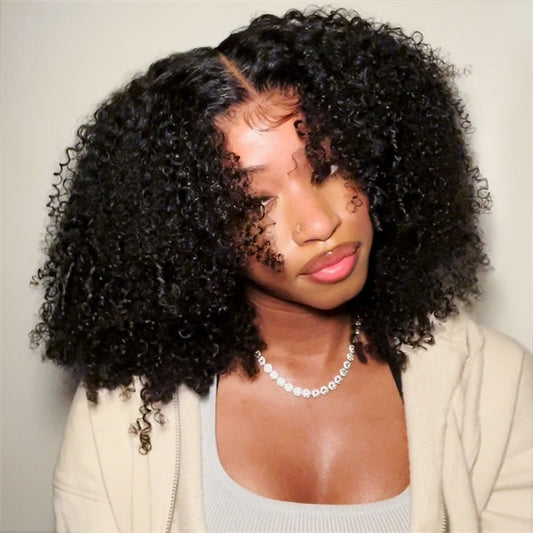The Role of Wigs in Stage Productions: Bringing Characters to Life with Authentic Hairstyles
Wigs have played a significant role in stage productions for centuries. They are an essential tool for costume designers and hair stylists to create authentic hairstyles and bring characters to life. In this article, we will explore the role of wigs in stage productions and provide some examples of how they have been used throughout history.

Historical Context
Wigs have been used in theater productions since ancient times. In Ancient Greece, actors would wear wigs to indicate their character's gender, age, or social status. In Elizabethan England, wigs were used to signify class distinctions, as only the wealthy could afford them. Additionally, wigs were used to protect actors' natural hair from damage caused by harsh styling techniques.
Modern Theater
Today, wigs are still widely used in modern theater productions. They allow costume designers and hair stylists to create complex hairstyles that would be difficult or impossible to achieve with natural hair. For example, if a character needs to have long, flowing locks, but the actor has short hair, a wig can be used to create the desired look. Similarly, if a character's hair needs to be a different color than the actor's natural hair, a wig can be used to achieve the desired effect.
Authenticity
One of the most important roles of wigs in stage productions is to create authenticity. A well-made wig can transport an audience member to a different time period or location and help them believe that the character on stage is real. Wigs can also be used to differentiate between multiple characters played by the same actor. This is especially helpful in plays where the same actor must play multiple characters who interact with each other.
Examples
Some famous examples of wigs being used in stage productions include:
- Les Misérables: The iconic red wig worn by Eponine in Les Misérables has become synonymous with the character. The wig helps to create the character's unique look and distinguishes her from the other characters in the play.
- Hamilton: The wigs used in Hamilton help to create the signature look of the characters. For example, Thomas Jefferson's wig is styled in an exaggerated pompadour, while Alexander Hamilton's is short and simple.
- The Lion King: In The Lion King, the actors who play the hyenas wear intricate wigs made of feathers and fur. These wigs help to create the illusion that the actors are part of the animal kingdom.
Conclusion
In conclusion, wigs play a significant role in stage productions. They allow costume designers and hair stylists to create authentic hairstyles that help to bring characters to life. Wigs have been used in theater productions for centuries and continue to be an important tool for modern productions. Whether it's creating a specific hairstyle or adding authenticity to a character, wigs are an essential part of the theatrical experience.








